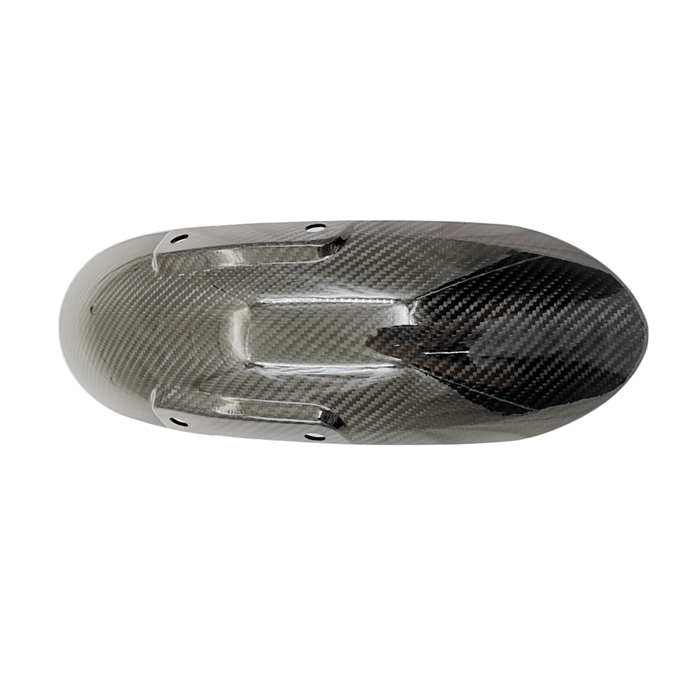The Motorcycle Fender was once a primarily functional component designed to protect the rider from debris and water, but over time it has evolved dramatically and become an iconic symbol of motorcycle style and innovation. The historical development and evolution of motorcycle fender design reflects not only advances in materials and manufacturing technology, but also changes in rider preferences and industry trends.
In the early days of motorcycle racing, fenders were simple and functional, often made of steel and featuring full coverage to protect the rider from road debris and mud. As motorcycles became more popular and diverse, fender designs began to vary greatly, reflecting the different needs and preferences of riders.

The first major evolution in motorcycle fender design occurred with the rise of custom motorcycles and chopper motorcycles in the mid-20th century. Riders began experimenting with shortening, shortening, or even completely removing the fenders to achieve a sleeker, more minimalist look. This trend toward customization and personalization has paved the way for a variety of fender styles and configurations, from classic full fenders to minimalist float fenders.
In the second half of the 20th century, advances in materials technology further expanded the possibilities for motorcycle fender design. Lightweight metals like fiberglass and aluminum can create custom-shaped fenders with complex contours and designs. Manufacturers are beginning to incorporate new materials into their designs to reduce weight and improve aerodynamics without sacrificing durability.
The advent of sportbikes and cafe racer motorcycles brought another shift in fender design, with manufacturers focusing on sleek aerodynamic silhouettes to complement the aggressive styling of these high-performance machines. The fenders are more integrated into the overall body of the motorcycle, with smooth lines and sharp angles enhancing aesthetics and aerodynamics.
In recent years, there has been a resurgence of interest in retro and retro-style motorcycles, leading to a resurgence of classic fender designs. Manufacturers and custom builders alike are incorporating elements of traditional fender styling into modern bikes, blending nostalgia with modern technology and performance.
Today, motorcycle fender design continues to evolve, driven by advances in materials, manufacturing technology, and rider preferences. Carbon Fiber, composites, and even 3D printing are pushing the boundaries of fender design to create lightweight yet strong and stylish fenders.
Overall, the evolution of motorcycle fender design reflects the rich history and diversity of the motorcycle industry. From utilitarian steel fenders to lightweight carbon fiber masterpieces, fenders not only protect the rider from road debris but also express personality and style. As technology continues to advance and rider tastes continue to change, the future of motorcycle fender design promises to be as innovative and exciting as the past.